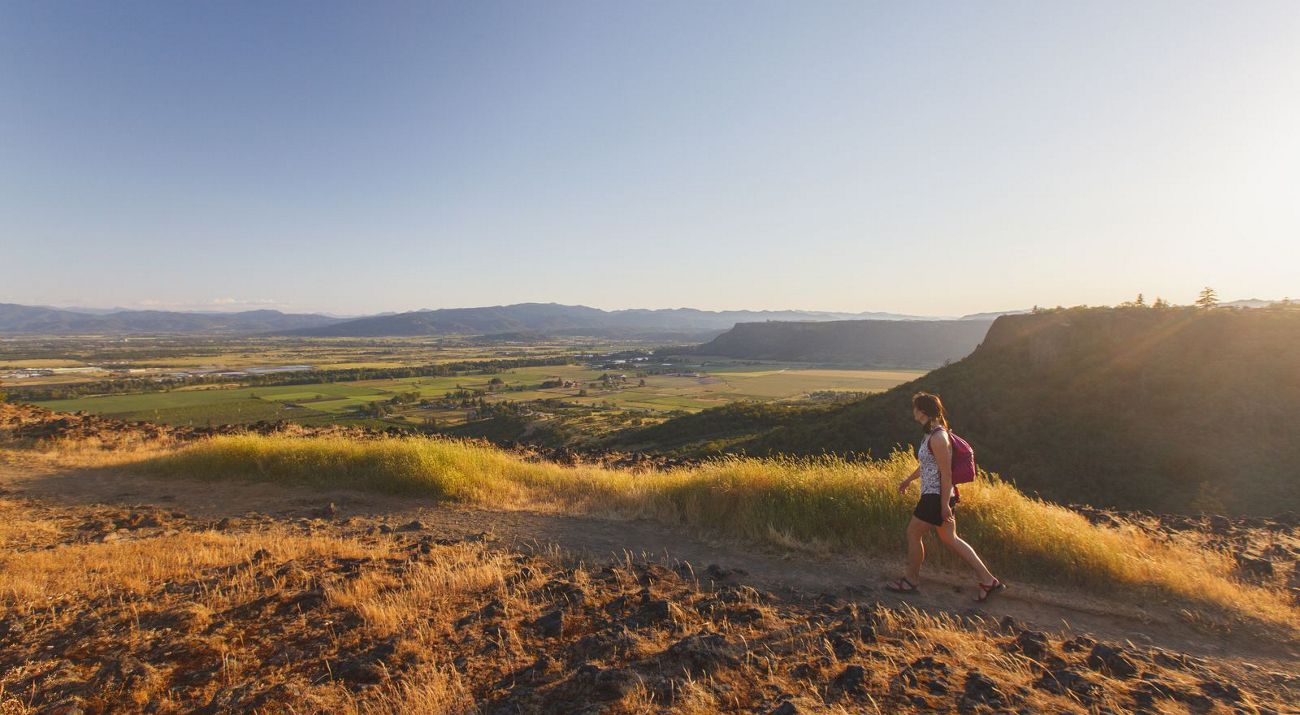Five Iconic Oregon Places Protected by the Great American Outdoors Act
LWCF has had a major impact on our favorite places to get outside.
If there is one thing that all Americans can agree on, it’s our shared love of nature. Our collective passion for protecting the outdoor places we love was on full display recently when the U.S. Congress overwhelmingly passed the Great American Outdoors Act (GAOA) and secured full and permanent funding of the Land and Water Conservation Fund (LWCF).
Originally created under a 1964 law that mandated offshore oil and gas proceeds to support land and water conservation, LWCF has never been fully and permanently funded, until now. Thanks to GAOA, LWCF will invest $900 million annually to protect nature, expand recreation opportunities and conserve treasured natural places and ecosystems across the country.
Get stories like this in your inbox!
Stay updated on our work in Oregon and beyond.
1. The Columbia River Gorge
That money will have a real impact here in Oregon. Over the past five decades, LWCF has delivered more than $320 million in funding for Oregon land and waters, helping to protect iconic Oregon places such as the Columbia River Gorge Scenic Area and The Nature Conservancy’s Tom McCall Preserve in the Gorge.
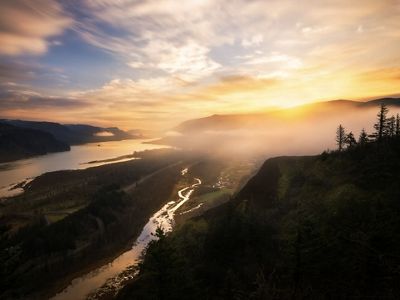
2. Table Rocks Preserve
Among many other things, we can now unlock vital LWCF dollars to implement our 40-year vision of protecting an additional 2,841 acres of undeveloped property located on the west and south side of Lower Table Rock Preserve to expand public access. This is especially meaningful to members of the Confederated Tribes of the Grand Ronde and Siletz and the Cow Creek Band of the Umpqua Tribe of Indians. It also means a great deal to the thousands of young children who visit the Table Rocks Preserve each year to study its rich biodiversity and cultural heritage.
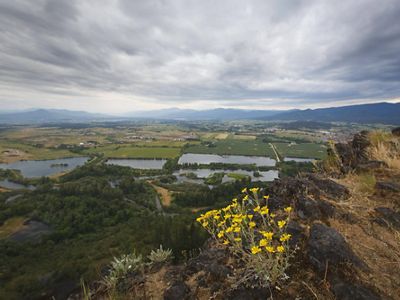
3. Crater Lake National Park
The Great American Outdoors Act also establishes the National Parks and Public Land Legacy Restoration Fund which will invest $1.9 billion to support deferred maintenance projects on federal lands. In Oregon, this amounts to more than $116 million to support special places such as Crater Lake National Park and other park and public lands that have fallen into disrepair.
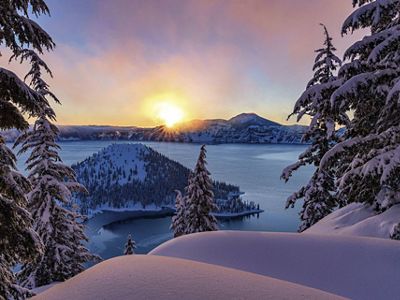
4. Steens Mountain
Rising dramatically above southeastern Oregon’s Alvord Desert is Steens Mountain, a single monolith that stretches a mile high and 50 miles long. Known for its stunning scenery, diverse landscape and opportunities to explore, this area is also critical habitat for many species of plants and animals. With funding from LWCF, The Nature Conservancy was able to protect thousands of acres on Steens Mountain and the nearby Hart Mountain National Antelope Refuge—home to the fastest land animal in North America, the imperiled American pronghorn.
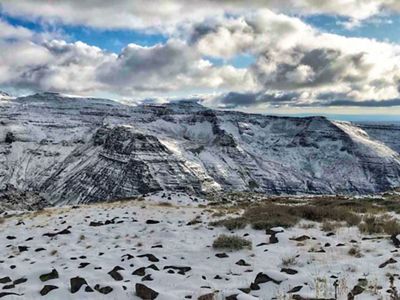
5. Refuges and Areas on the Oregon Coast
It doesn’t get much more iconic than the incredible Oregon Coast. Our state’s coastline is already unique in that public beach access is protected along all 363 miles of the Oregon Coast thanks to the landmark Oregon Beach Bill of 1967. Thanks to LWCF, however, even more of this stunning landscape has been protected for nature and people.
Help Us Protect Nature
Every acre protected and habitat restored begins with your support.
Donate TodayOver the last 50 years, LWCF has protected the Oregon Coast Wildlife Refuges and other treasured places like Cascade Head National Scenic Area, which includes The Nature Conservancy’s Cascade Head Preserve. LWCF also helps protect Nestucca Bay National Wildlife Refuge, a biodiverse habitat for migrant birds located where the Nestucca and Little Nestucca rivers converge into the Pacific Ocean. It played a central role in helping The Nature Conservancy and U.S. Fish and Wildlife Service establish and expand this refuge.
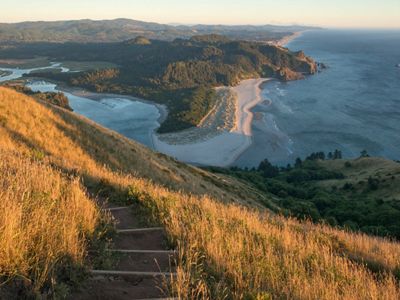
LWCF isn’t just used to protect large landscapes. The fund also works to provide close-to-home access to nature for Oregonians who live in disinvested neighborhoods and experience barriers to enjoying the outdoors. The Great American Outdoors Act addresses some of this inequity and injustice by expanding access to city parks and urban trails and forests.
We’d like to thank our congressional delegation in Oregon—who all voted in support of this monumental new law—for their long and hard-fought commitment to fully funding LWCF and making this law a shining example of the great things we can accomplish when we work together.
Explore the Places We Protect
Across Oregon and the world, TNC protects many special places for people and nature.
